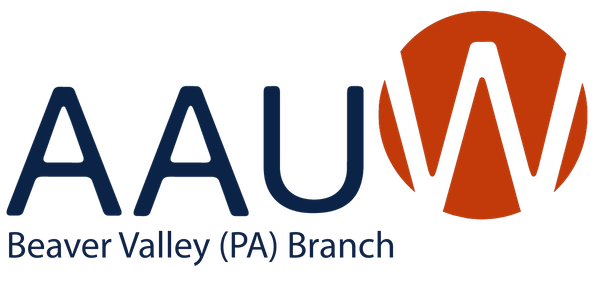AAUW PUBLIC POLICY PROGRAM
The American Association of University Women’s Public Policy Program underscores AAUW’s mission of advancing equity for women and girls through advocacy, education, philanthropy, and research and speaks to women’s needs, aspirations, and concerns across the life span. The work of AAUW builds upon more than 130 years of responsible public participation, and the following principles provide a basis for AAUW members’ actions at the local, state, national, and international levels. Implicit in each of our principles is support for government agencies administering programs, including adequate appropriations, effective and accountable administration, and provision for citizen participation. We advocate public discussion to ensure enlightened decisions on these principles. We work to increase the number of underrepresented populations, including women, in policy- and other decision-making positions. AAUW is committed to working in partnership with diverse allies and coalitions to break through educational and economic barriers for women and girls.
AAUW does not endorse any candidate running for public office, nor any political party. However, AAUW members frequently provide expert and interested party testimony at legislative committee hearings, school board meetings, and other forums at which the issues being discussed are related to AAUW’s mission. AAUW members are also active in voter registration drives, voter education efforts, panels, committees, seminars, letter-writing campaigns, and virtually every other means by which citizens can participate in the democratic process.
Solving the Equation: The Variables for Women’s Success in Engineering and Computing asks why there are still so few women in the critical fields of engineering and computing — and explains what we can do to make these fields open to and desirable for all employees.
More than ever before, girls are studying and excelling in science and mathematics. Yet the dramatic increase in girls’ educational achievements in scientific and mathematical subjects has not been matched by similar increases in the representation of women working as engineers and computing professionals. Just 12 percent of engineers are women, and the number of women in computing has fallen from 35 percent in 1990 to just 26 percent today.
The numbers are especially low for Hispanic, African American, and American Indian women. Black women make up 1 percent of the engineering workforce and 3 percent of the computing workforce, while Hispanic women hold just 1 percent of jobs in each field. American Indian and Alaska Native women make up just a fraction of a percent of each workforce.
For more information on this new AAUW Report, “Solving the Equation,” go to AAUW.ORG
